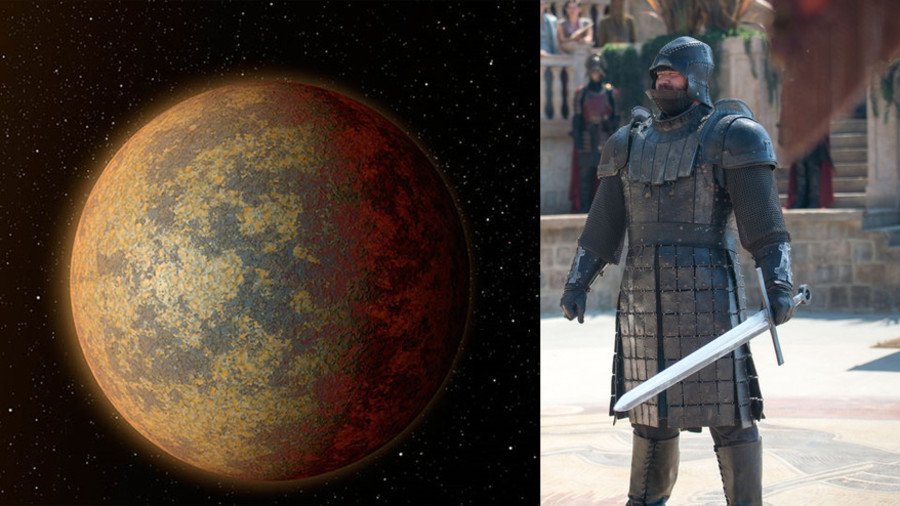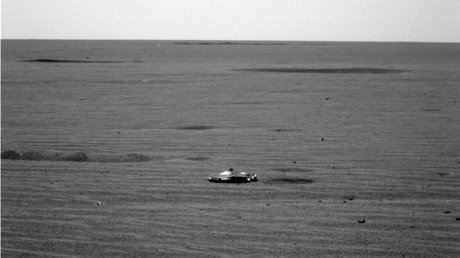Mountain vs Gravity: Game of Thrones star helps scientists determine which planets to colonise

A team of physicists at the University of Zagreb have established the upper limits of human resistance to gravity by studying none other than Game of Thrones star and international strongman Hafþór Júlíus Björnsson.
Björnsson, who plays 'The Mountain' on the wildly popular HBO show is used to defying gravity at strongman competitions around the world. Most notably in 2015, he broke a fabled 1,000-year old record by walking five paces with a 650-kilogram (1,430 lbs) log on his back.
In doing so, Björnsson helped scientists from the University of Zagreb in Croatia put a limit on the mass of planets we mere mortals could ever hope to explore and ultimately colonise. When gravity is too high, our blood pools in our legs, causing us to pass out and become helplessly pinned to the ground.
READ MORE: Game of Thrones star Hafthor Bjornsson reveals incredible Strongman diet
While our tibia bones could, theoretically at least, withstand somewhere in the region of 90 times the Earth’s gravity (90g) before splintering, the body taken as a whole would collapse in excruciating fashion at approximately 10g and would more closely resemble a fleshy puddle.
The human heart can barely handle 5g of gravity, above which the average person would pass out. Fighter pilots are trained to deal with extremely high gravitational forces above 5g but are in a seated position and can only do so for a limited amount of time before they too succumb to the gravity induced slumber.
In addition, if we want to go anywhere or do anything when exploring the universe, then we could only do so somewhere with around 5gs of gravity, given that the way humans walk is essentially a repeated cycle of almost falling but then recovering at the last second, during which time our center of mass shifts up and down.
With this in mind, Bjornsson set the benchmark for what is possible when it comes to our ‘elegant falling’ when he staggered those five astonishing steps with a longboat mast on his back.
The team of scientists from the University of Zagreb combined the mass of the log, Bjornsson’s own bodyweight and leg size and determined that a human of his physique could slowly walk around a planet of roughly 4.6g. Not exactly a swashbuckling adventure worthy of a Star Wars film but a benchmark nonetheless.
The team determined that planets with a mass of four times that of the Earth are off limits, regardless of the amount of physical and mental training even the best among us could endure. However, one of the current best contenders for human exploration and potential colonisation is BD+20594b which has roughly half the diameter of Neptune and a surface gravity of roughly 3gs.
Beyond that, of the 594 discovered exoplanets on which we have a reasonable amount of surface condition data, 422 would be traversable by highly trained humans, but that is not to say it would be in any way pleasant: most of these space rocks are extremely inhospitable with freezing temperatures and hazardous environments. The universe is dark and full of terrors, after all.
The team’s findings are due to be published in The Physics Teacher in the near future.
Think your friends would be interested? Share this story!













